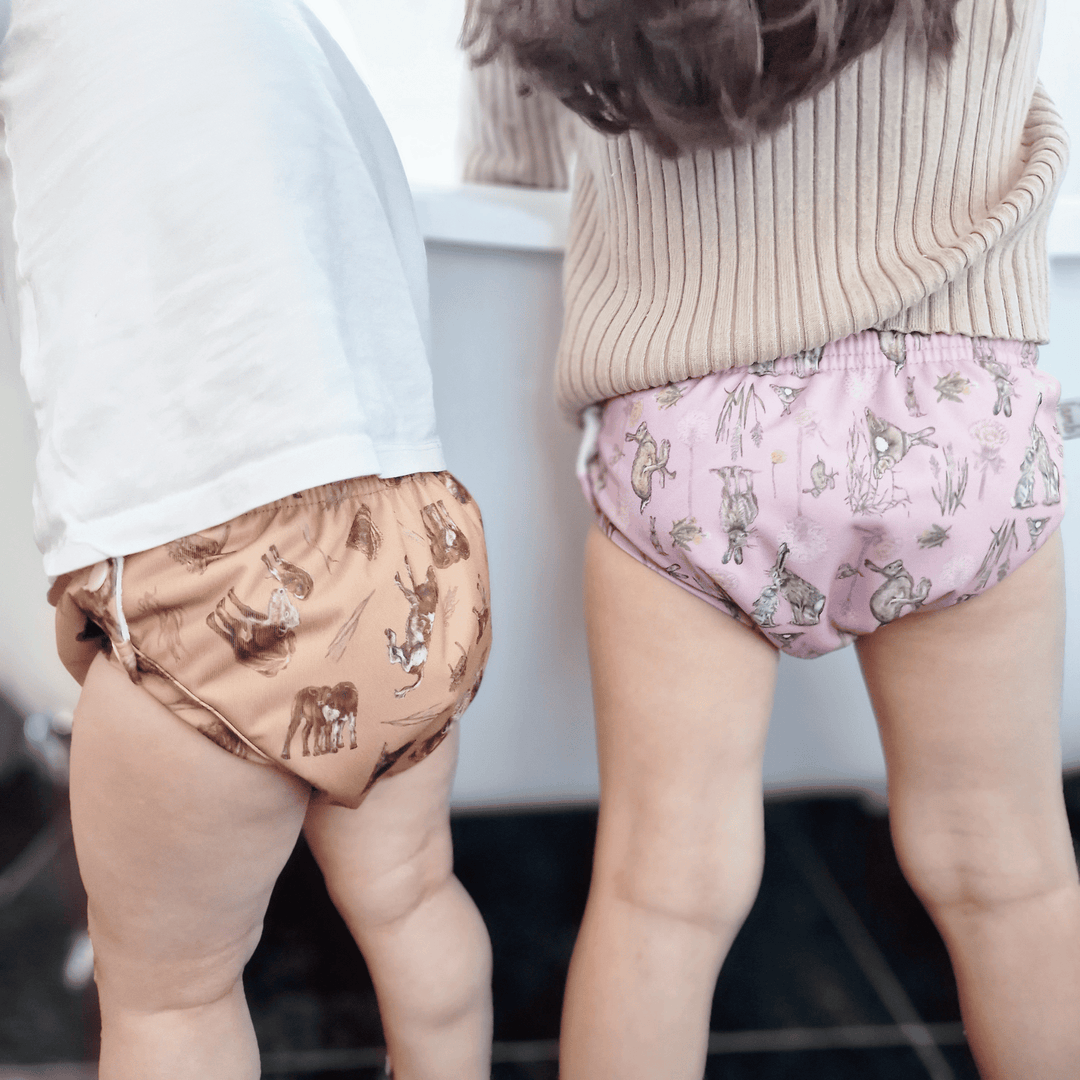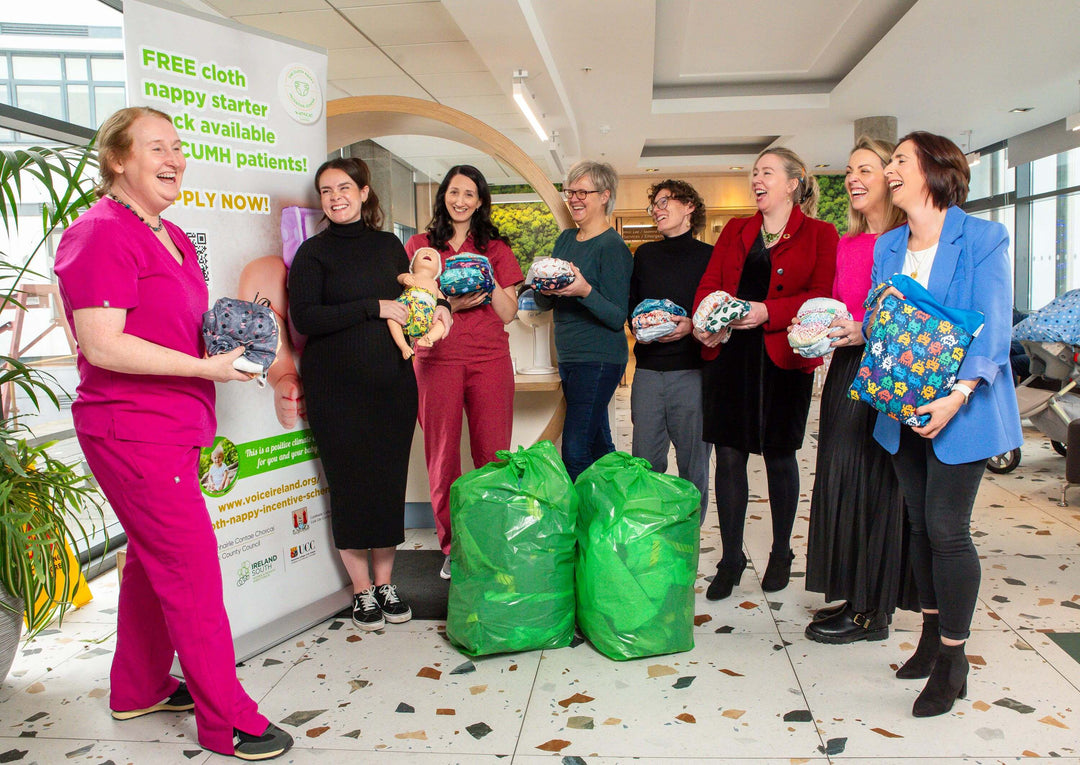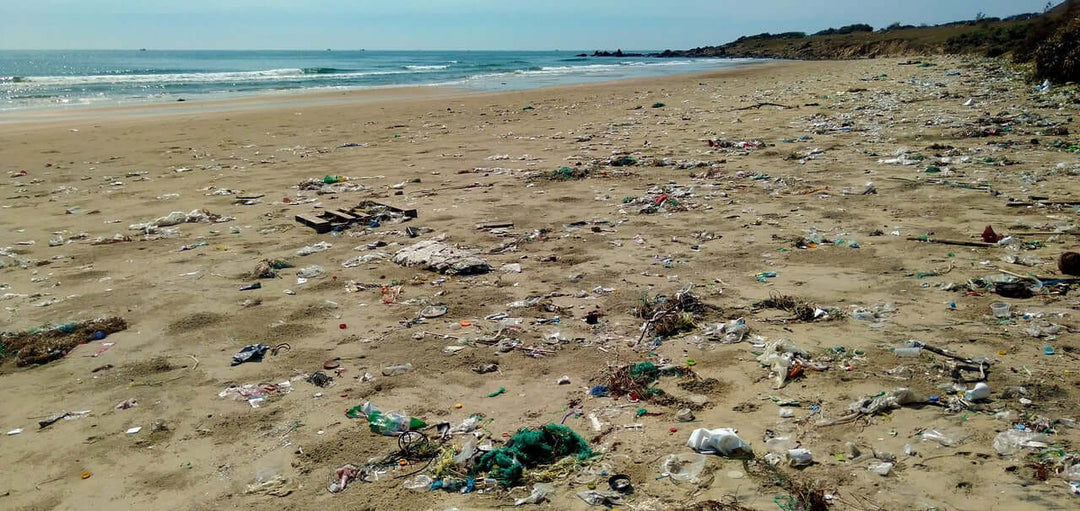How To: Best Practices for Drying Your Reusable Nappies
The key aspect of maintaining cloth nappies is ensuring they are washed and dried properly. Proper drying not only preserves the longevity of the nappies but also helps them to maintain their absorbency and overall effectiveness for years to come. We'll explore the best practices for drying reusable cloth nappies to keep them fresh, hygienic, and ready for your little one's next use.
How Can I Dry My Reusable Nappies?
-
Machine drying: Most styles of nappy absorbencies are completely safe to tumble dry in your home machine (do however check each brand's recommendations directly before doing so). You should look for a low heat or wool cycle to ensure longevity of the fibres of your nappies as this is the most gentle cycle. Drying in your machine will also soften any hard drying fibres such as hemp and cotton absorbencies that may otherwise be stiff when they are air dried. Drying with your machine will ensure that you have fully dry nappies, but it will add to your home electricity bill.
-
Line drying: Line drying, or hang drying, is the gentlest and most energy-efficient way to dry your reusable cloth nappies. If you have outdoor or indoor space, invest in a clothesline, drying rack, or clothes horse. If weather permits, drying outside on the line is your best option to dry your nappies quickly. As an added bonus, the sun's UV rays naturally disinfect the nappies, eliminating bacteria and stains. If you're looking to lift any staining from the nappies, make sure they are a bit damp and place them in the sun. Additionally, line drying helps extend the life of the nappy's elastic and materials.
Tips for Machine Drying:
- Choose the right cycle: As we mentioned above, most nappies (absorbencies only) should be able to be run on a low heat or wool cycle.
- Add some dryer balls: Dryer balls make sure your nappies won't get stuck to each other in the dryer and bunch up leaving some nappies still wet once the cycle has finished.
- Add in a clean, dry towel: The towel can help absorb some of the excess moisture and speed up your drying time.
Tips for Line Drying:
- Leave space: Hang the nappies separately to allow adequate air circulation and faster drying.
- Placement: Place nappies that are heavy with elastic components flat to avoid stretching.
- Choose the right pegs: Consider using soft close clothespins to avoid leaving marks on the fabric.
- Hot press: If outdoor drying is not possible due to weather conditions or living arrangements, you can use your hot press to help dry your nappies.
- Winter: If you have a dehumidifier and are hang drying in the winter, place your nappies in the same room to quicken drying time.
What to Avoid When Drying Your Nappies:
- High heat: High heat cycles can damage your elastics and the PUL/TPU membranes that keep your nappies leak-proof.
- Direct heat: Avoid placing the nappies directly on a heat source, such as a radiator or heater, as this can damage the fabrics and elastic.
- No airflow: Make sure you choose a well ventilated area if you are drying indoors to avoid any mould or mildew.
- Absorbencies only: Do not tumble dry any PUL/TPU materials if possible. These would include covers, pocket shells, and even AIO and Ai2 nappies as this can damage the membrane.
- Overloading: Avoid overloading the machine as it will take longer to dry and you end up spending more money on more cycles and your nappies take too long to properly dry through.
While line drying your nappies is the most cost effective and environmentally sound way to dry your nappies, it may not be feasible for every family. To ensure you have a softer material absorbency that is thoroughly dried, make sure to check your manufacture's instructions and if they allow, you can tumble dry in your machine on a low heat or wool cycle.




